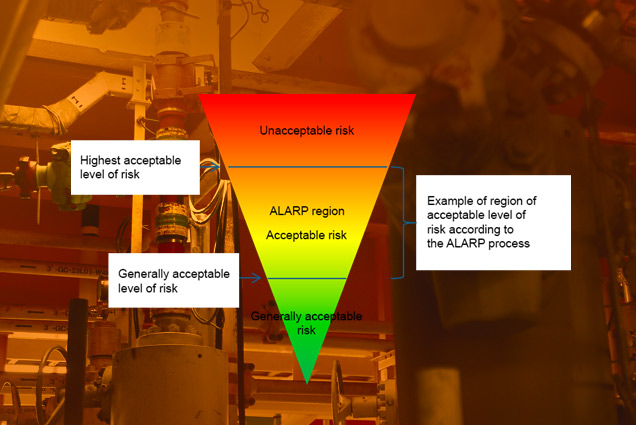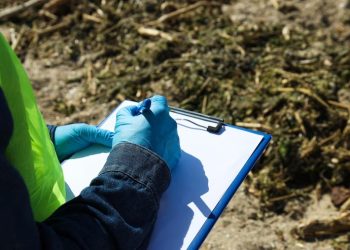As Low As Reasonably Practicable (ALARP) Demonstration
ALARP Demonstration workshop is conducted to demonstrate that risk is reduced to a level which is ‘as low as reasonably practicable’. It involves balancing reduction in risk against the time, trouble, difficulty and cost of achieving it. This level represents the point, objectively assessed, at which the time, trouble, difficulty and cost of further reduction measures become unreasonably disproportionate to the additional risk reduction obtained.
The goal of an ALARP Demonstration Study is to accumulate the recommendations and results from all other studies, in order to determine if these results are in compliance with relevant international, national and company standards.

Methodology of ALARP Demonstration Report
The output from different HSE studies are gathered, especially any Risk Reduction Measures (RRM) that are proposed.
The major input to the ALARP demonstration shall be the QRA report that quantifies the risk and compares to the risk acceptance benchmark.
The analyzed risk and RRM are reviewed in a workshop comprising the project team for reviewing the RRM applicability and for raising any further RRM that can be applied.
Demonstration of ALARP can be attained by considering additional possible risk reduction measures to see if the implementation is reasonably practicable, which requires the use of a Cost-Benefit Analysis. If the cost of an additional measure is regarded as ‘grossly disproportionate’ in comparison with the level of risk reduction achieved, then there is no requirement to install it, but the opposite is also true.










